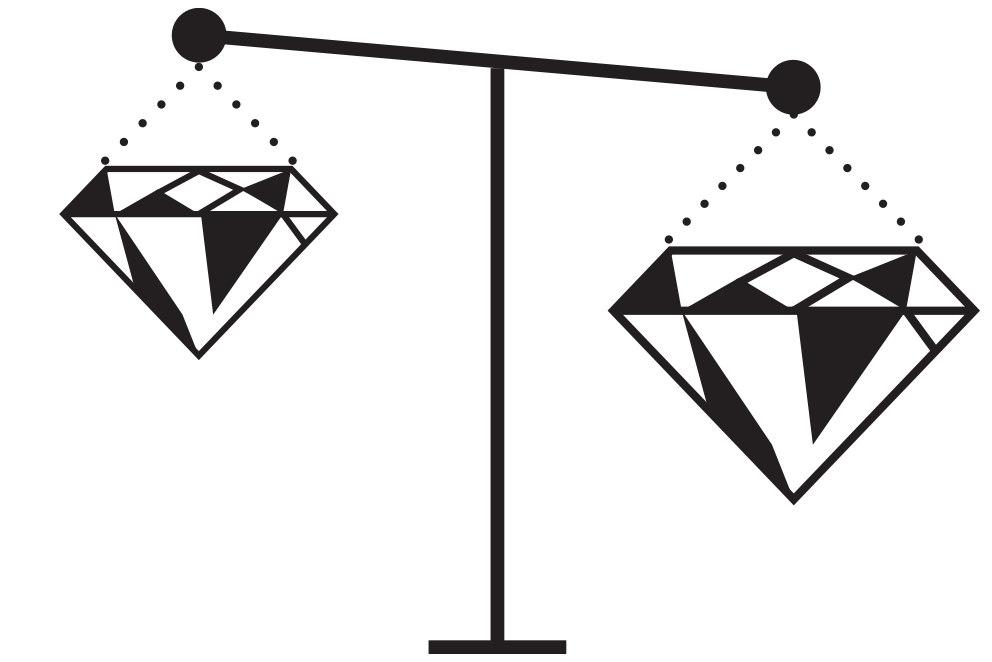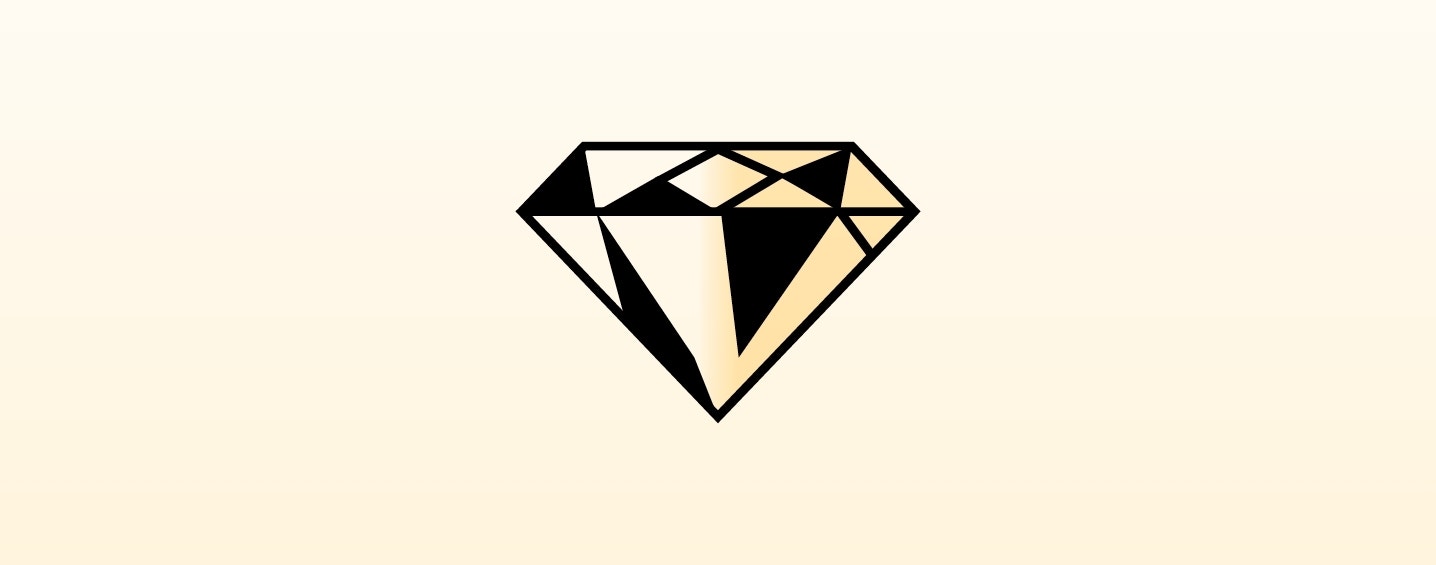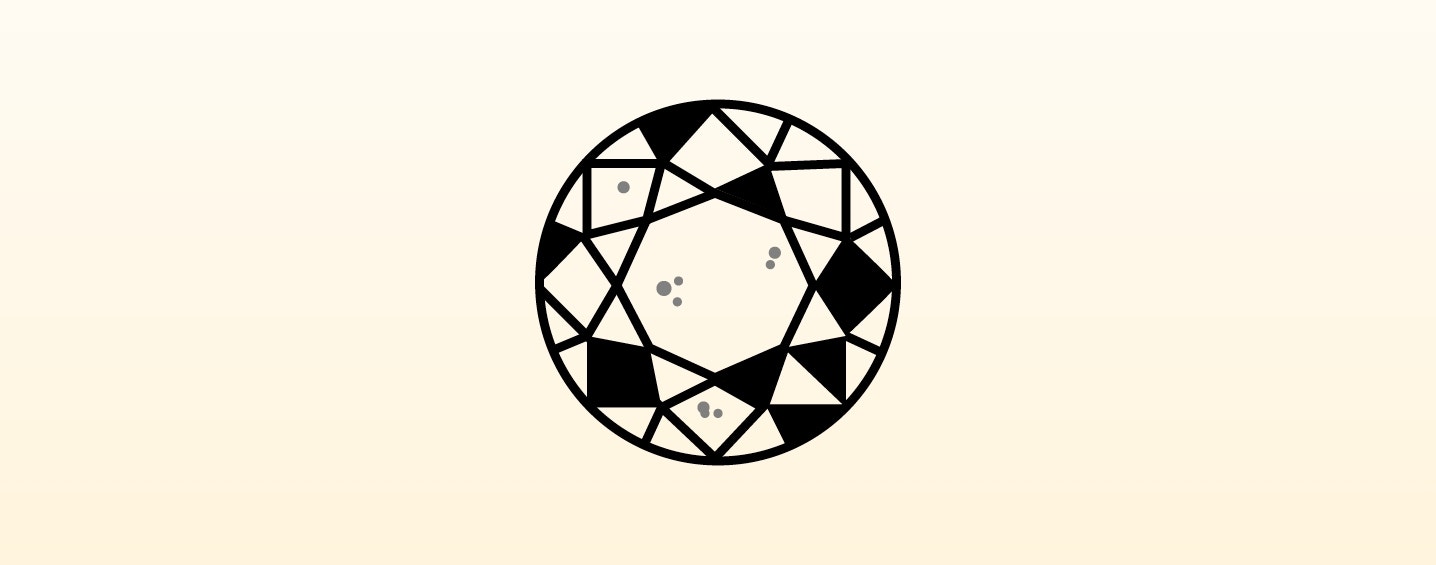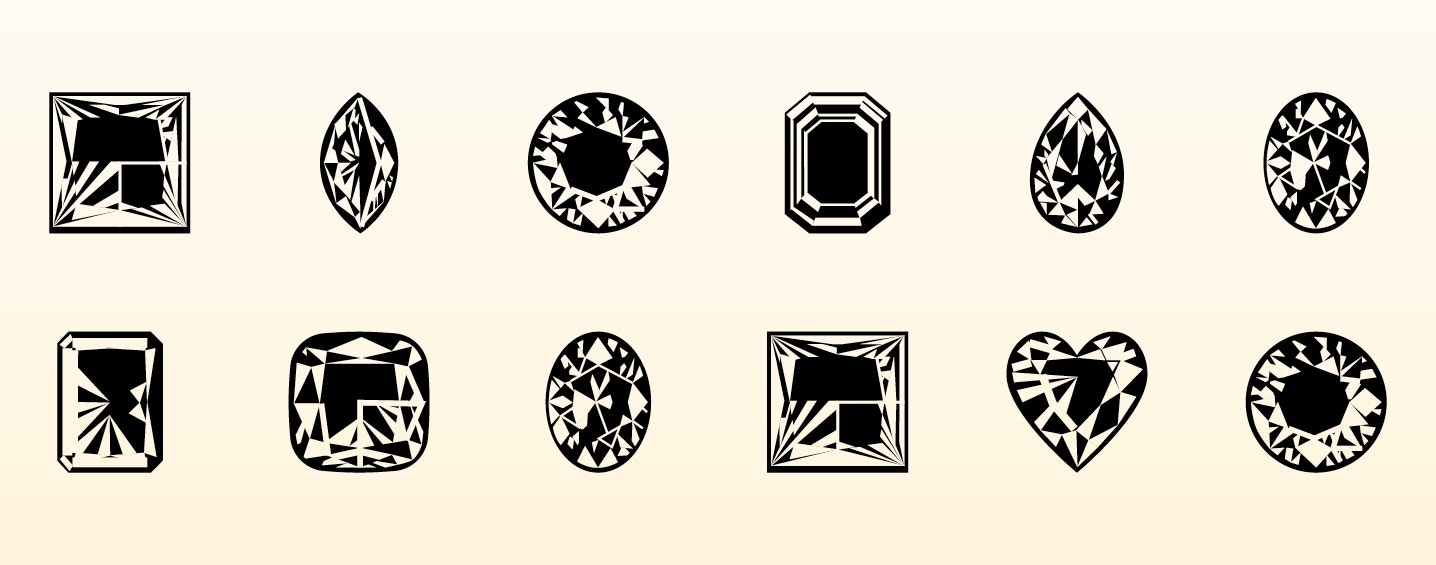Diamond carat weight is a key factor in assessing the value and size of a diamond. Contrary to popular belief, carat weight measures a diamond's weight rather than its size, although the two are proportionally related.
The Origin of the word "Carat"


The term "carat" dates back to ancient times when carob tree seeds, known for their consistent weight, were used as primitive weighing tools. Modern precision scales later refined this measurement, and in 1907, the International Committee of Weights and Measures standardized one carat as 200 milligrams.
It's important to distinguish between "carat" (weight of gemstones) and "karat" (purity of gold).
Carat Weight vs. Diamond Size
While carat weight is often confused with size, they are not identical.
Factors like cut and shape significantly influence a diamond's dimensions. For example, a 2-carat oval diamond and a 2-carat round diamond will appear different in size despite having the same weight.
Is Bigger Always Better?
Larger carat diamonds are rarer and thus more expensive, but two diamonds of identical carat weight can vary in price based on color, clarity, and dimensions. The carat weight is a crucial consideration but not the sole determinant of a diamond's value. The "perfect" carat weight varies by individual preference, balancing size and quality according to personal taste.
Exploring Diamond Oversizes
Diamond oversizes offer a smart choice for budget-conscious buyers.
These are carat weights that visually appear larger but fall within the price range of smaller carats. For instance, a 0.99-carat diamond looks nearly identical to a 1.00-carat diamond but costs significantly less. Opting for an oversized diamond provides the appearance of a larger stone without the hefty price tag, making it an excellent option for those seeking value and size.
Diamond carat size can be tricky. Our expert team is here to ensure you make an informed decision that aligns with your desires and budget.





